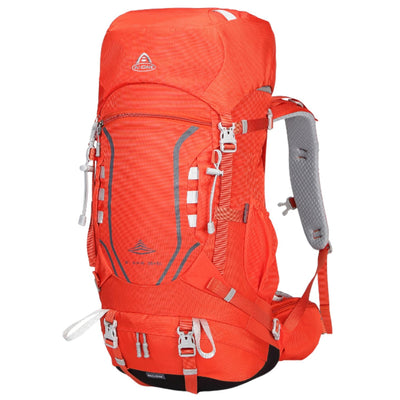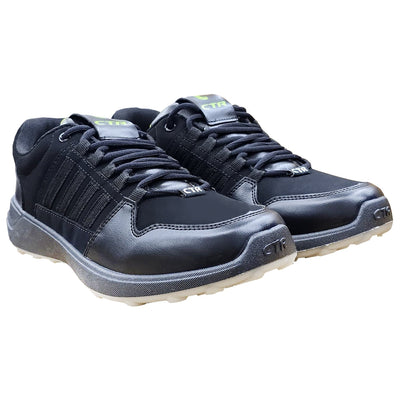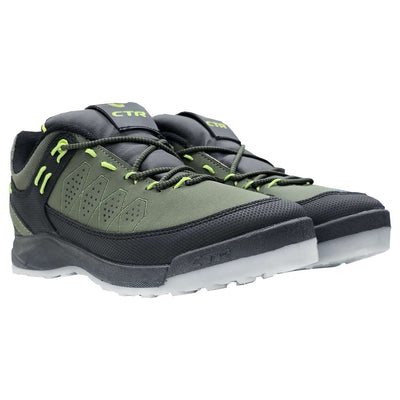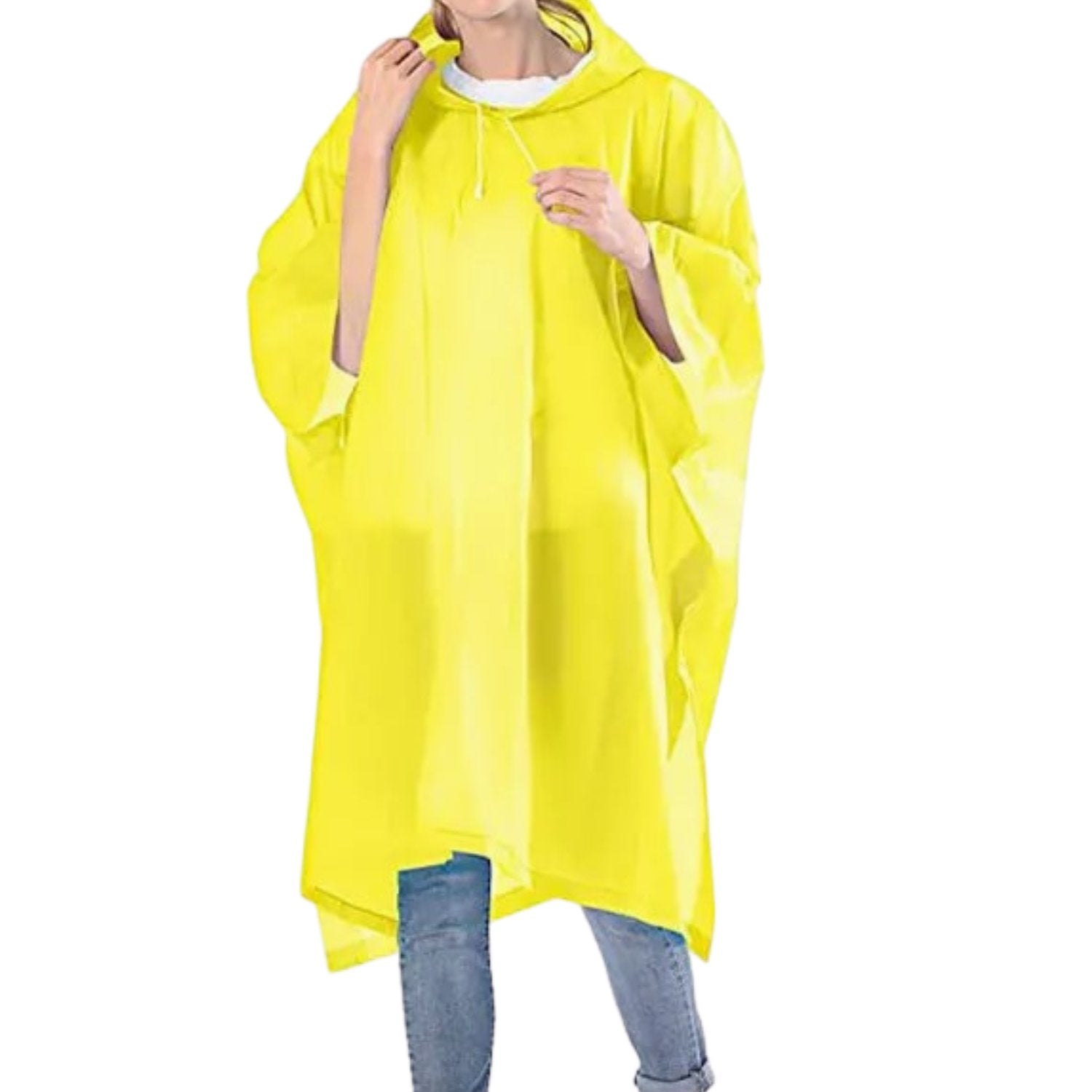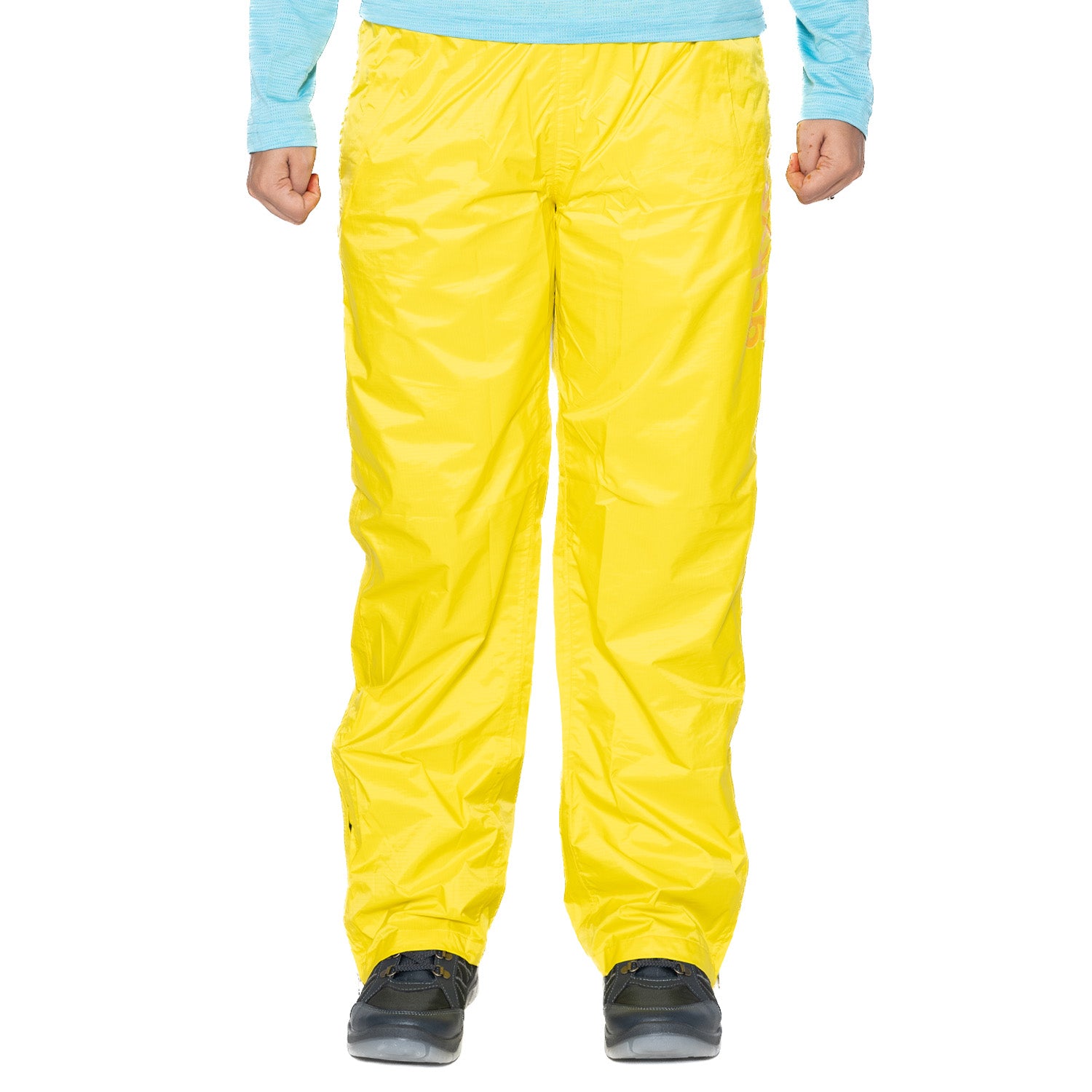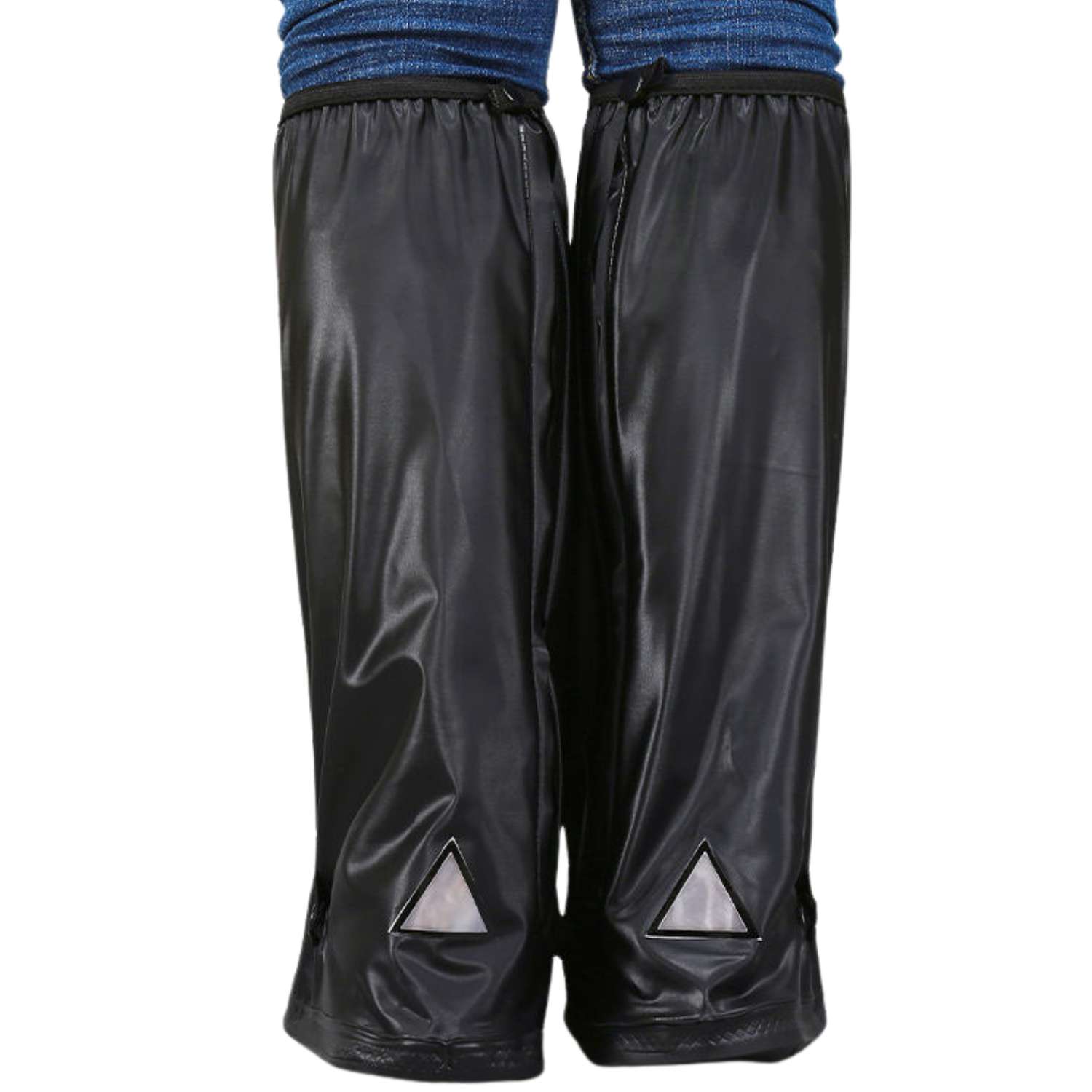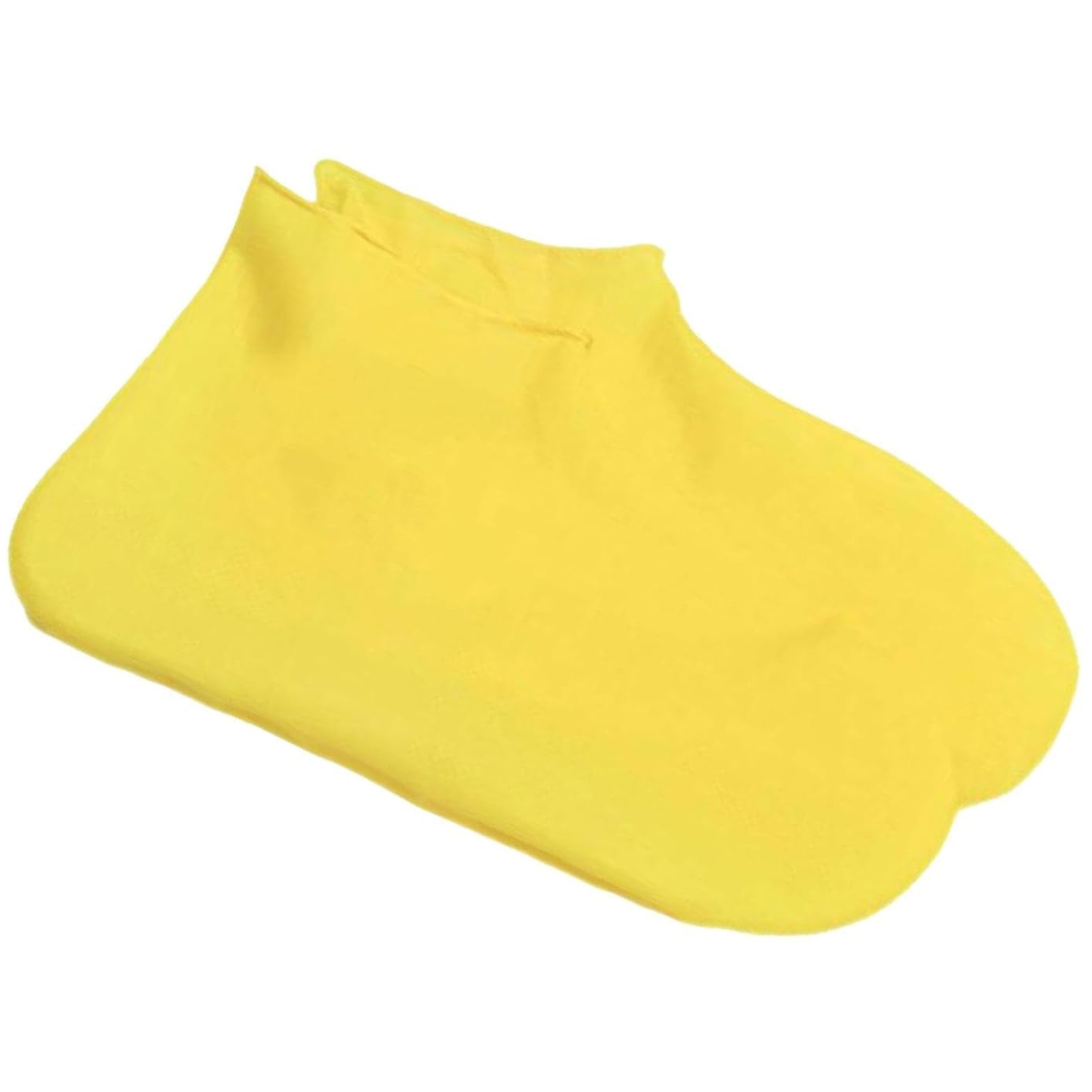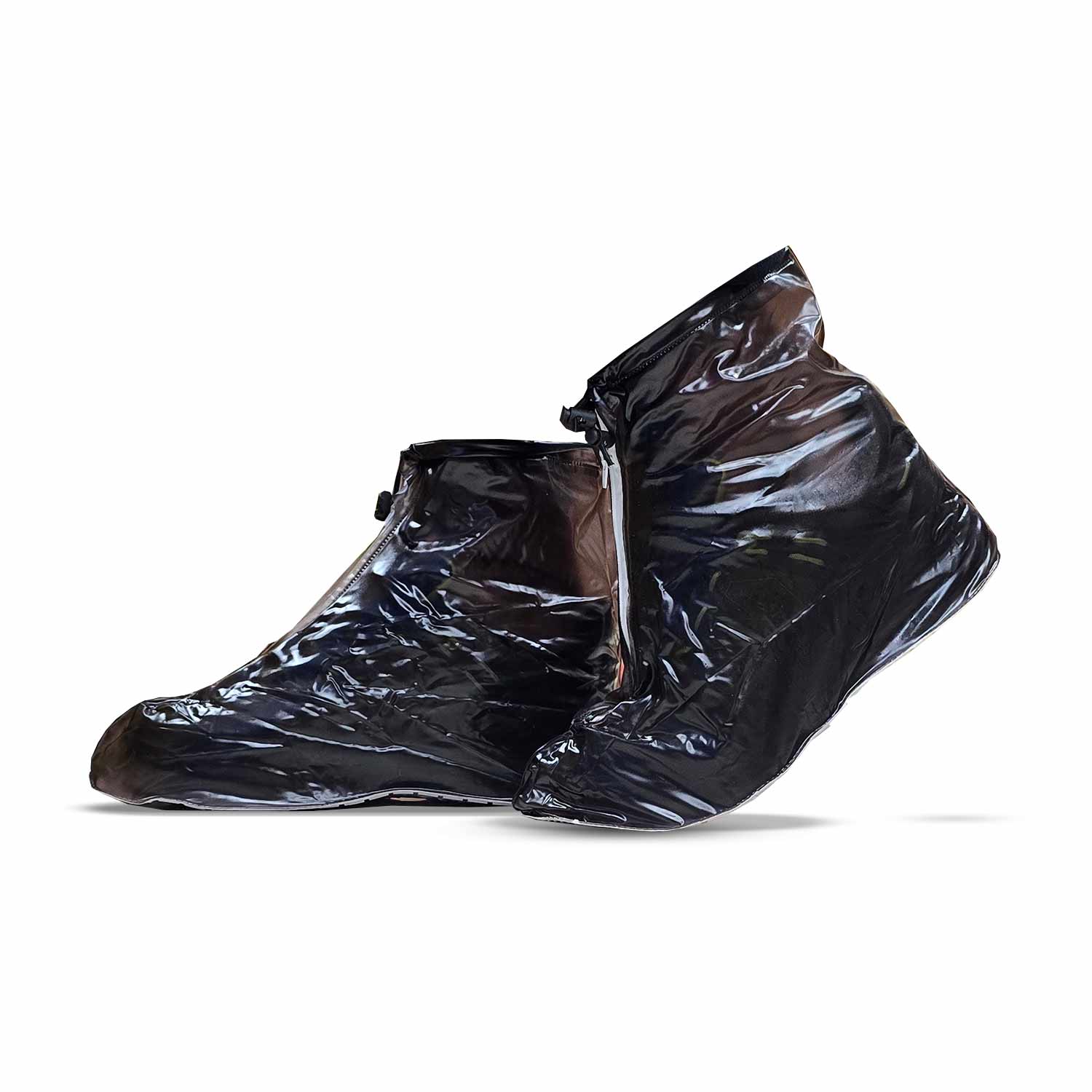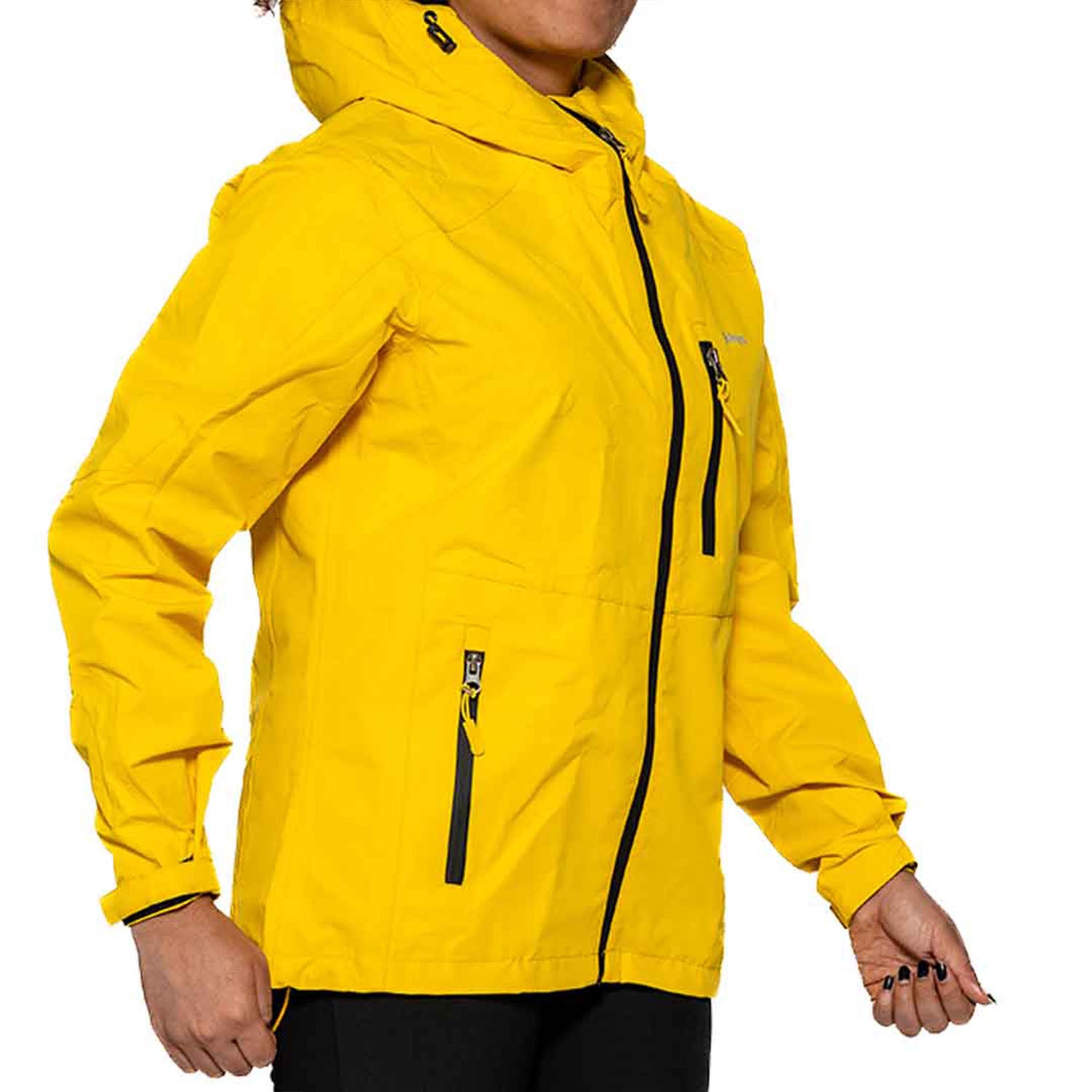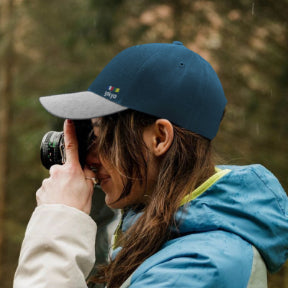The skies open up, casting a sudden chill on your planned adventure. Don't let a downpour dampen your spirits! A trusty rain poncho can be your lightweight, versatile shield against unpredictable weather, keeping you dry and comfortable on the trail.
But how do you ensure your rain poncho offers maximum protection in different weather conditions? This guide delves into the art of packing and wearing a rain poncho, turning it into your best friend for wet-weather outings.
Choosing Your Poncho Champion: Size and Material Matters
The key to a good rain poncho experience lies in selecting the right one for your needs. Here are some factors to consider:
- Size: Opt for a poncho that offers ample coverage. It should comfortably drape over your body and trekking backpack (if you plan to wear it on your back) to ensure complete protection from the elements. Consider an adjustable hood for enhanced coverage and a secure fit around your head.
- Material: Different materials offer various levels of protection and breathability. Nylon or polyester ponchos are lightweight and water-resistant, ideal for light rain showers. For heavier downpours, consider a poncho with a waterproof polyurethane (PU) coating or a fully seam-sealed design.
Shop Trekking Backpacks Designed for Outdoor Explorers
Packing for Every Possibility: Beyond the Poncho
While your rain poncho is your first line of defense, packing a few additional items can enhance your comfort and safety in wet weather:
- Waterproof Hiking Boots: Replace your regular trekking shoes with waterproof hiking boots for maximum foot protection. A good pair will keep your feet dry and provide sturdy traction on wet surfaces.
- Quick-Drying Base Layers: Wool or synthetic base layers wick away moisture and dry quickly, keeping you warm and comfortable even under a poncho.
- Gaiters: These lightweight leg covers prevent water from splashing up your pants and soaking your legs, especially helpful in heavy rain or when traversing wet terrain.
- Waterproof Stuff Sack: Pack your dry clothes and essentials in a waterproof stuff sack to keep them protected from any moisture that might sneak under your poncho.
Waterproof and Weather-Ready Trekking Shoes
Wearing Your Rain Poncho Like a Pro: Adapting to Different Conditions
Now that you're armed with the right gear, let's explore how to wear your rain poncho for optimal protection:
- Light Rain: Simply slip on your poncho over your clothes. Ensure the hood is snug around your head and the poncho drapes comfortably over your backpack.
- Heavy Rain: Adjust the hood for a secure fit, cinching the drawstring to prevent rainwater from dripping down your face. Tighten any side closures to minimize wind gusts from billowing the poncho.
- Hot and Humid Weather: Choose a poncho with breathable fabric or strategically unzip the sides or front for ventilation. This allows for air circulation while still providing basic rain protection.
- Strong Winds: Opt for a poncho with weights at the hem or tie-down points to prevent it from flapping in strong winds.
Gokyo: Your One-Stop Shop for Outdoor Exploration
At Gokyo, we offer a wide selection of high-quality rain ponchos to suit your needs. We have lightweight, packable options for light rain showers, as well as more robust designs ideal for heavy downpours. No matter the weather on your next adventure, we have the gear to keep you dry and comfortable.
Remember, proper preparation and knowing how to wear your rain poncho effectively can make all the difference in wet weather situations. For expert advice on why a rain poncho is a must-have travel item, check out this guide from November Rain.
Frequently Asked Questions (FAQs) :
-
What should I look for in a rain poncho?
Consider the poncho's size, material, and features. Opt for a poncho that offers ample coverage and is made from waterproof or water-resistant material. Adjustable hoods and side closures are helpful for a secure fit.
-
How do I choose between a poncho and a rain jacket?
Ponchos offer full body coverage but might be less breathable. Rain jackets provide targeted protection but can be less convenient to put on and off. Consider the type of activity and weather conditions when choosing.
-
Can I wear a backpack with a rain poncho?
Yes, most ponchos are designed to fit over a backpack. Look for ponchos with ample space around the shoulders for comfortable wear.
-
How do I stay warm under a rain poncho?
Layer your clothing with quick-drying base layers and a fleece jacket for insulation. Consider wearing a waterproof hat to keep your head warm.
-
Can I use a rain poncho for other outdoor activities?
Absolutely! Rain ponchos are versatile and can be used for camping, fishing, gardening, or any outdoor activity where rain protection is needed.



